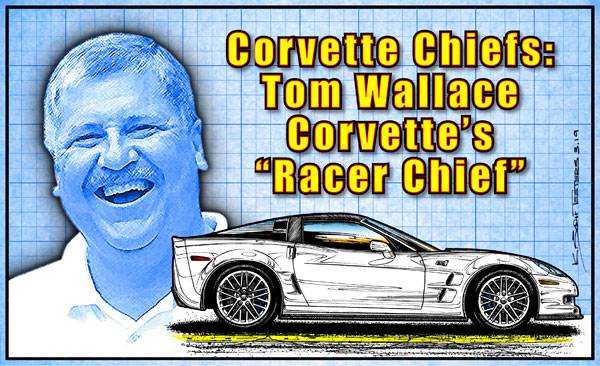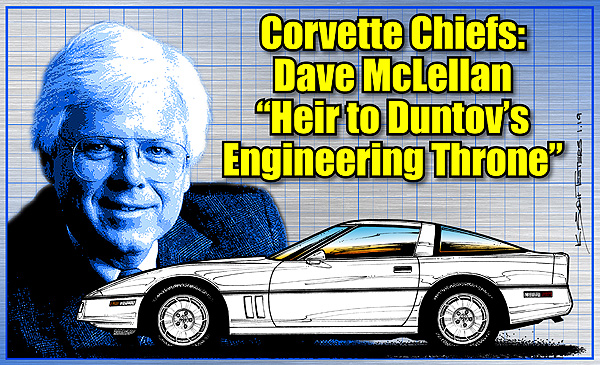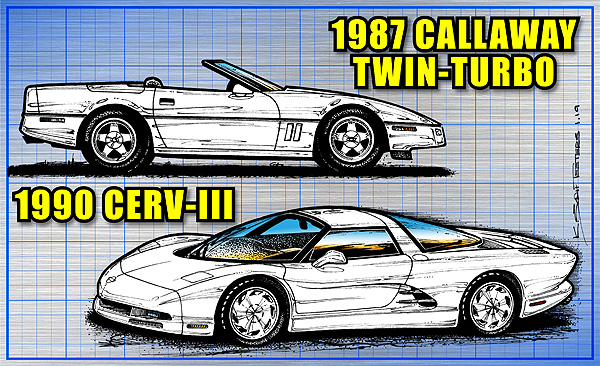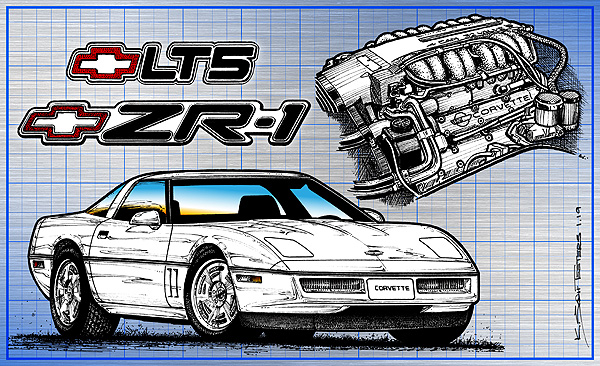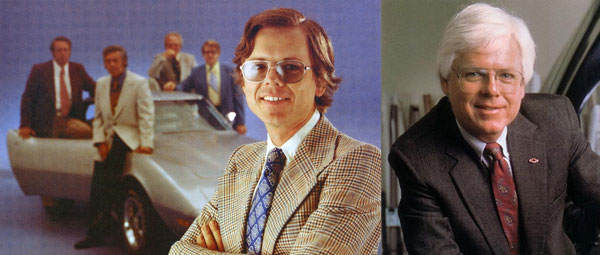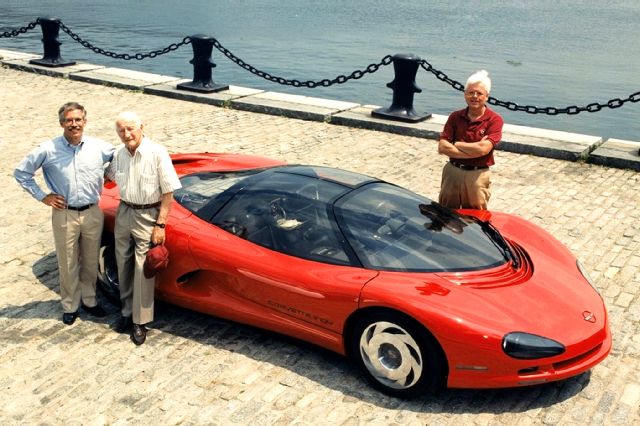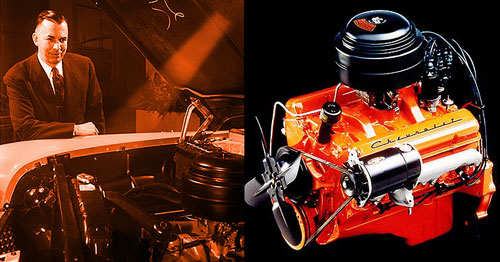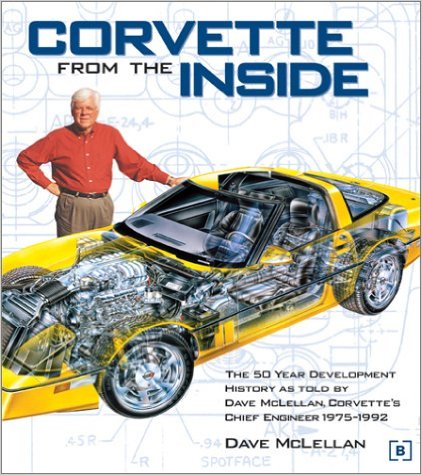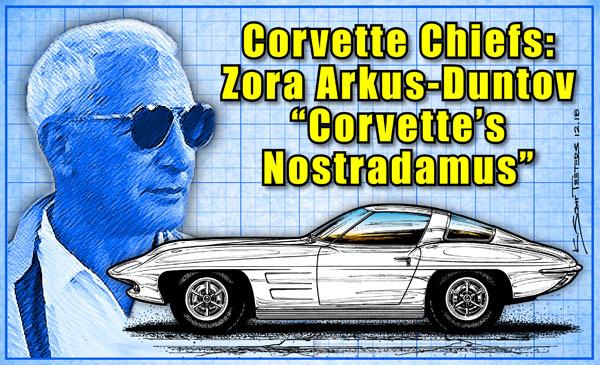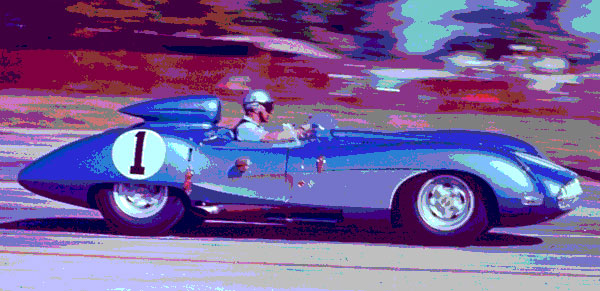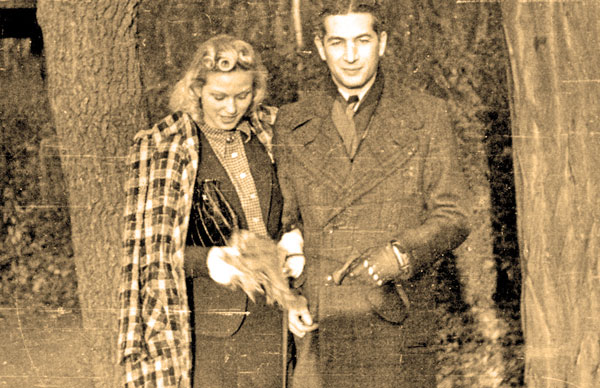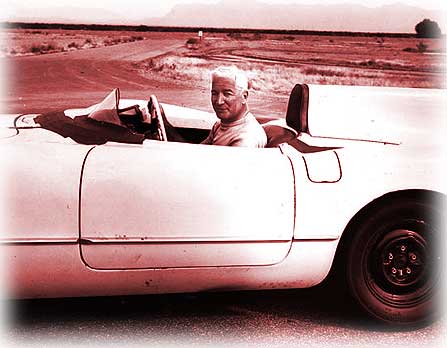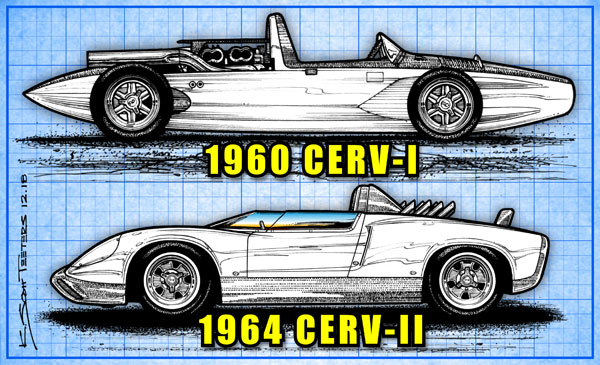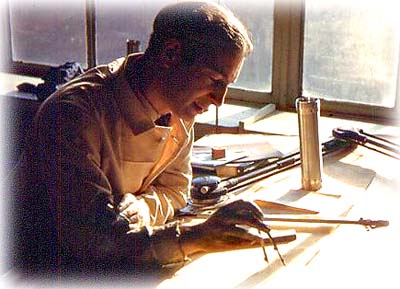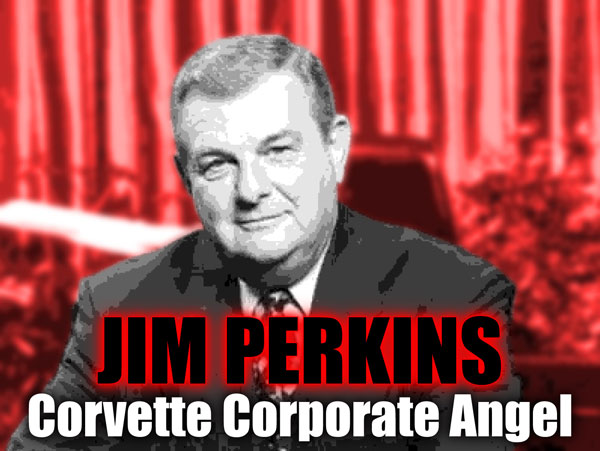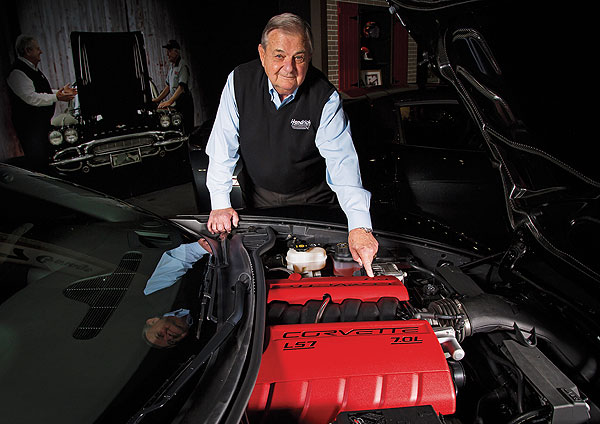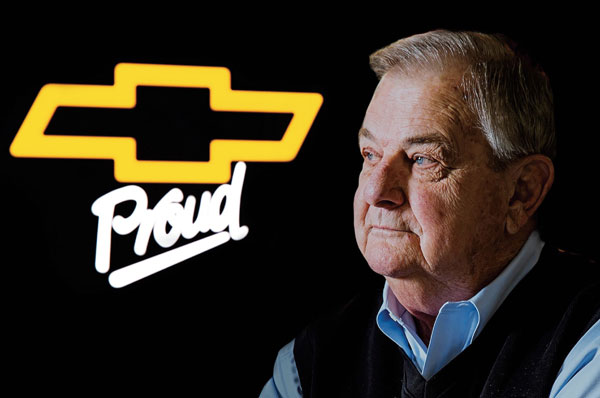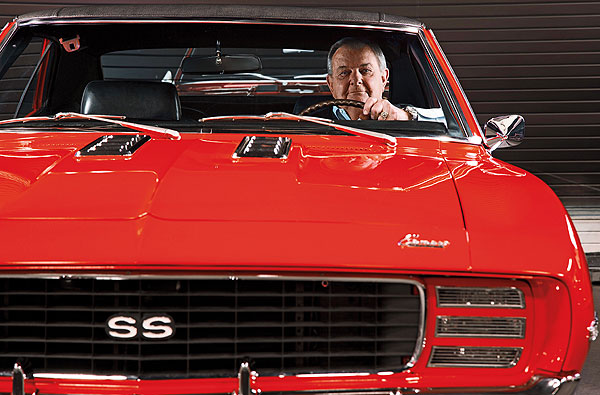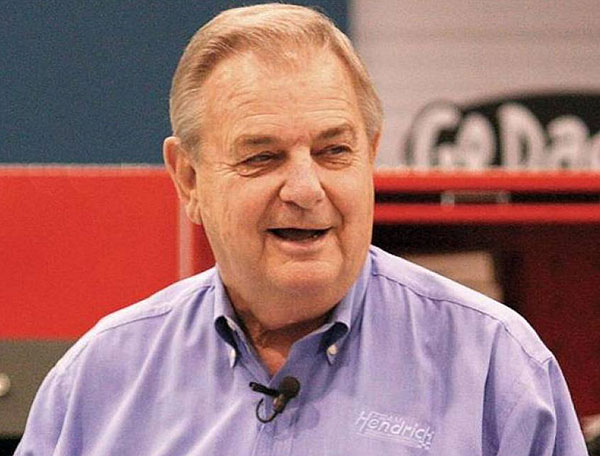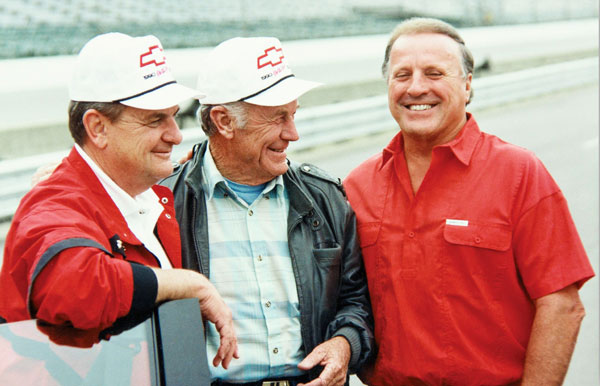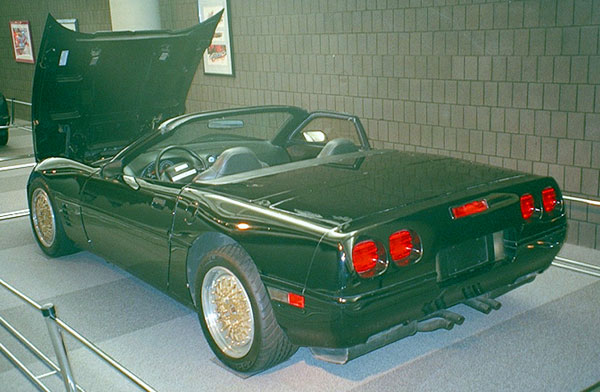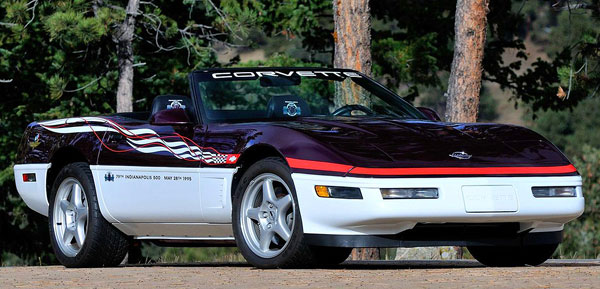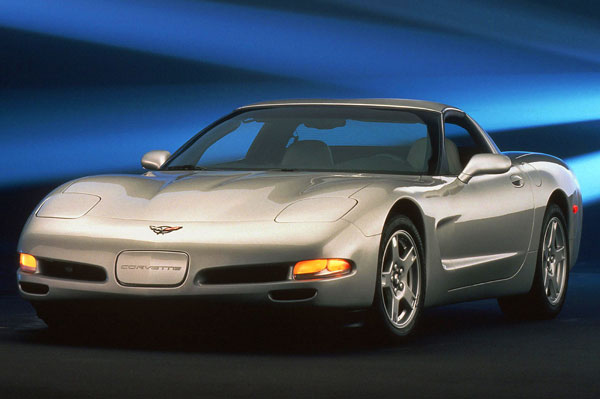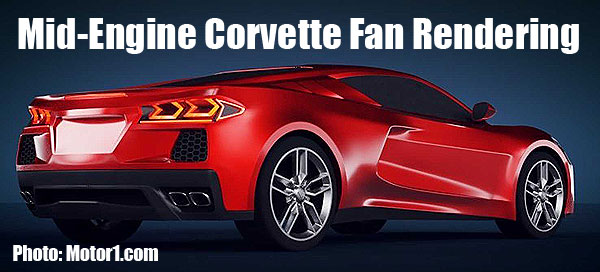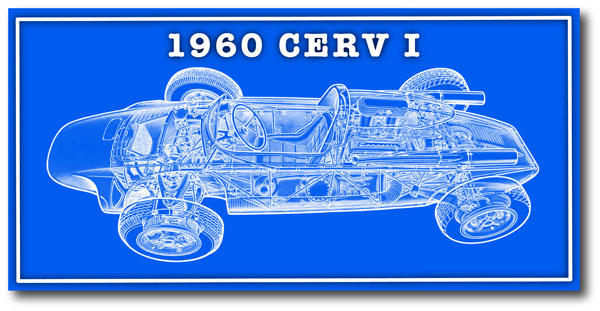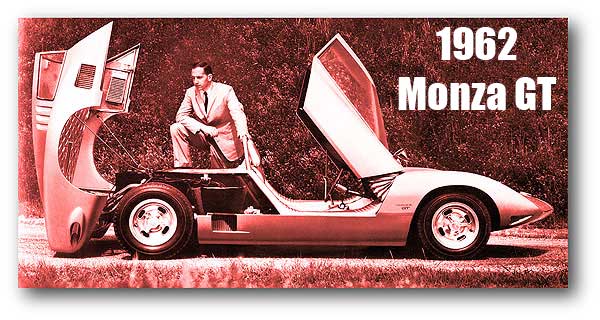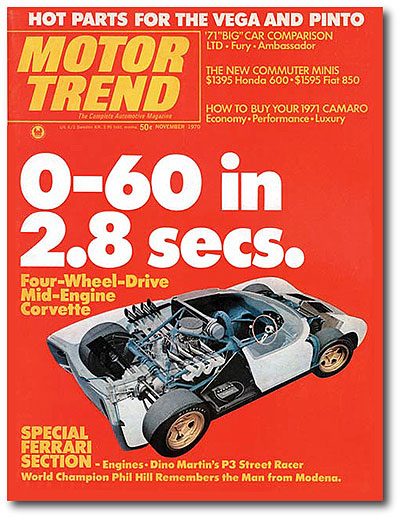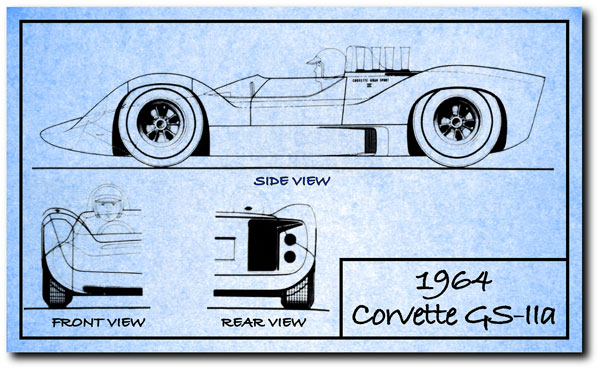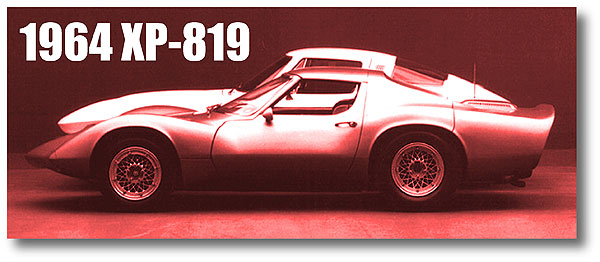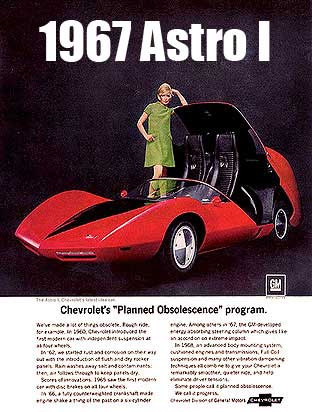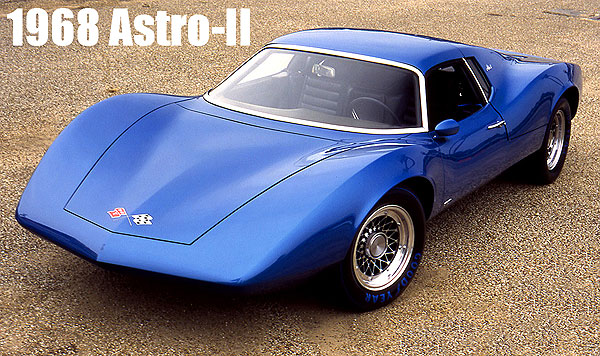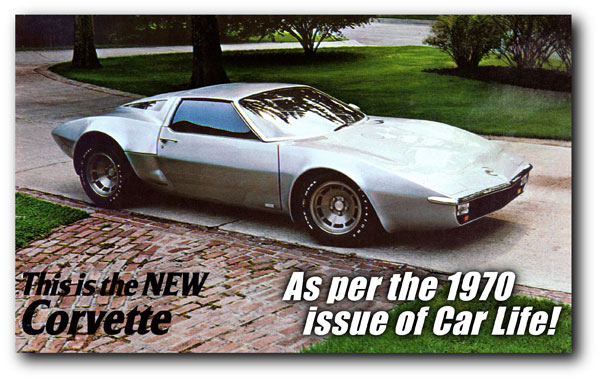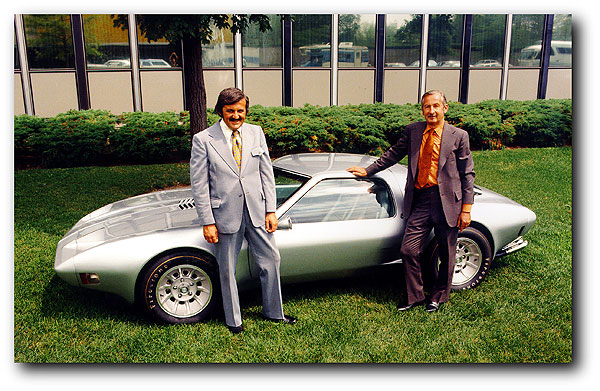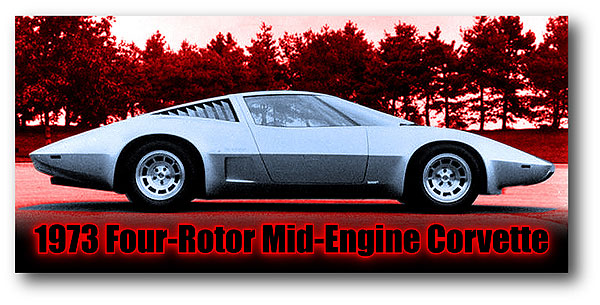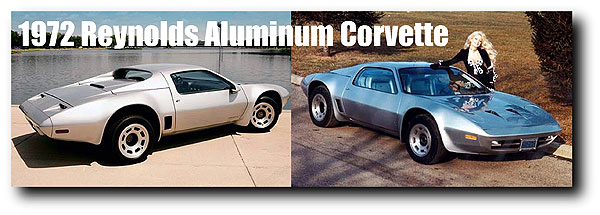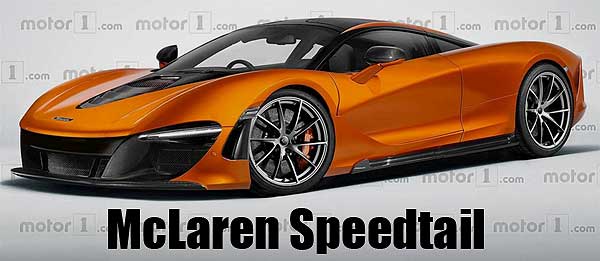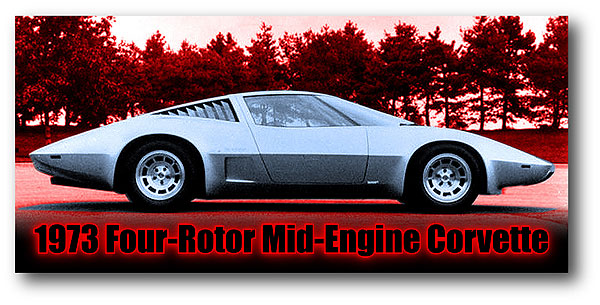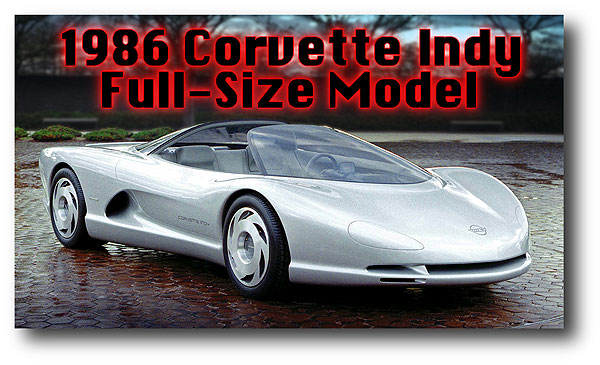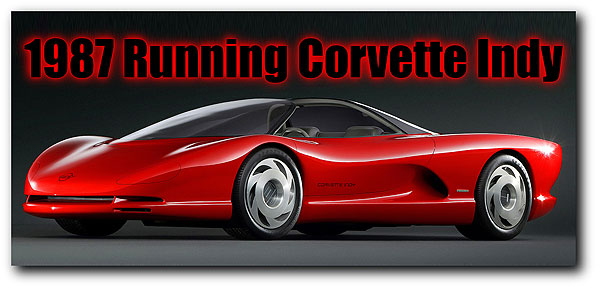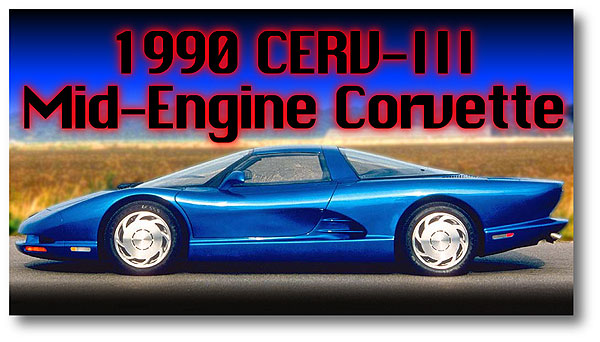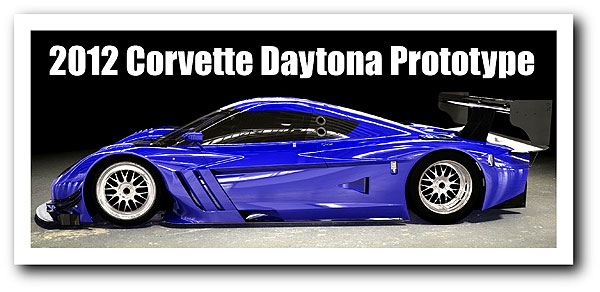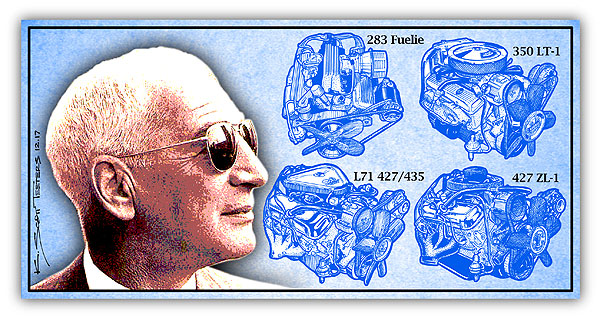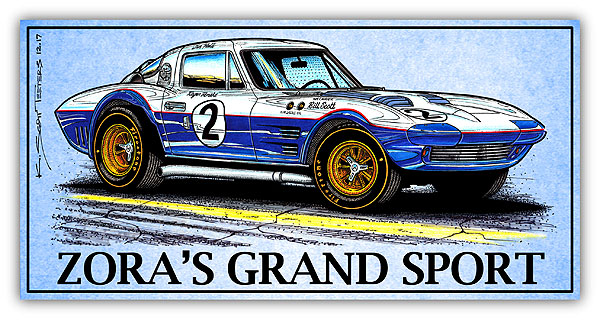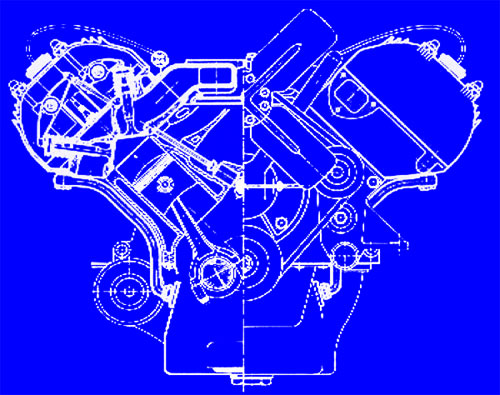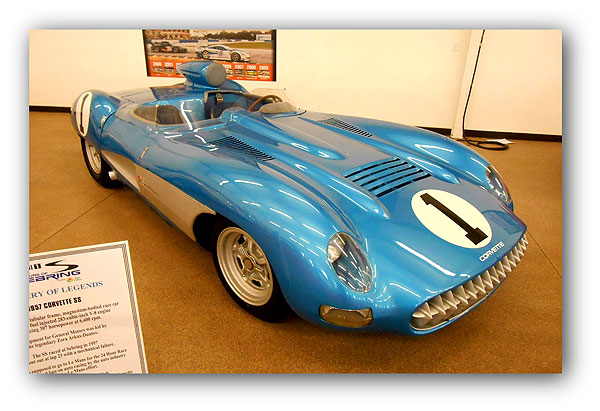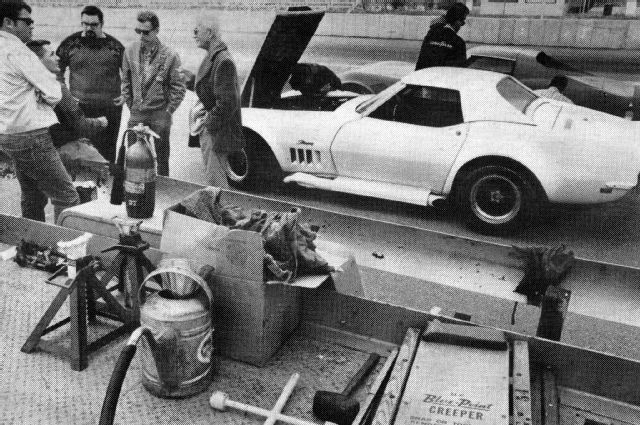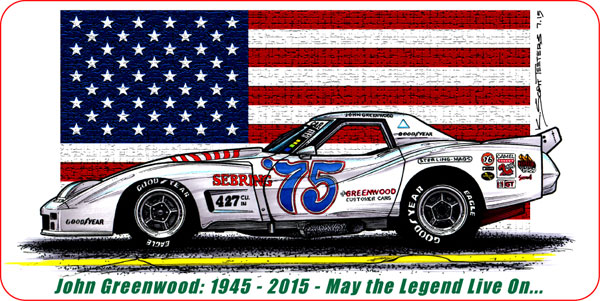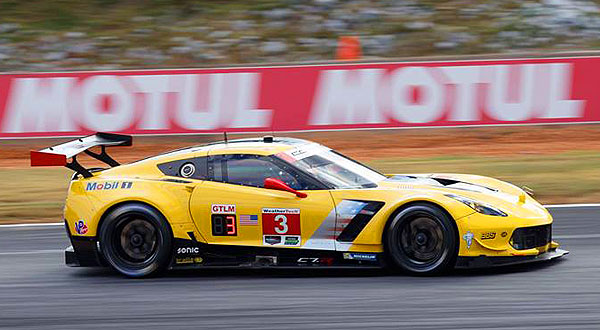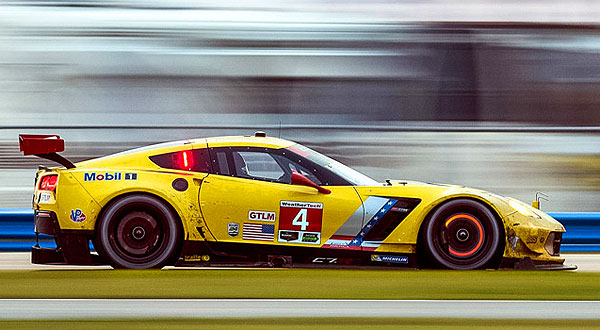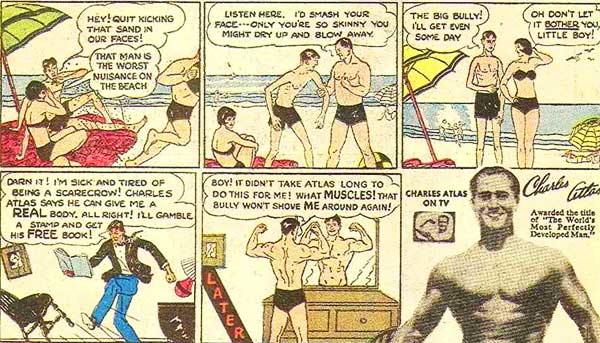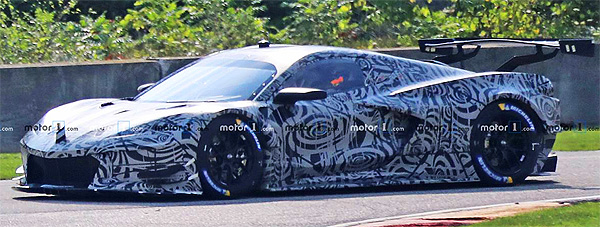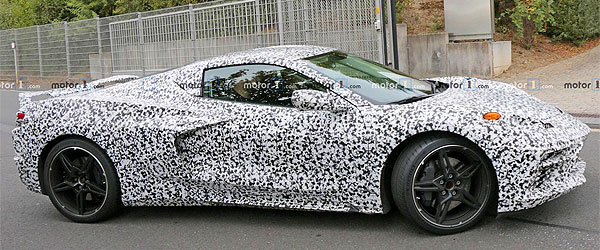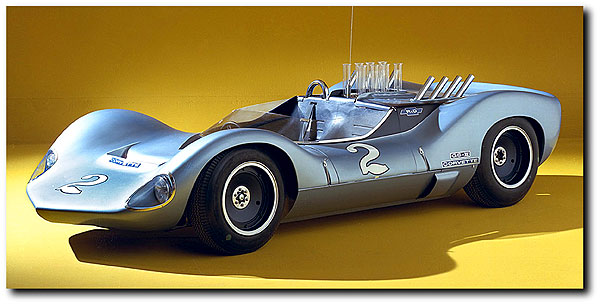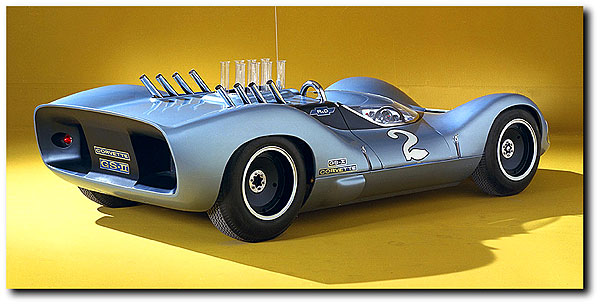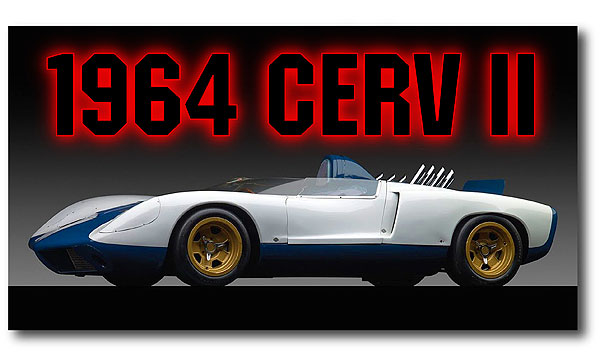Former race car driver, Tom Wallace takes the helm as the new Corvette Chief of Engineering
Dateline: 11-5-20 – During Corvette’s early years, as a result of his racing at Le Mans, Zora Arkus-Duntov got the lion’s share of media attention. Credit also goes to three-time Indy 500 winner and automotive engineer Mauri Rose who helped develop the first Corvette chassis on the shop floor as they were being hand-built in Flint, Michigan. Rose and Duntov were friends but Rose wasn’t impressed with Duntov’s driving and used to say, “Zora couldn’t drive a nail with a hammer.” But by the late 1950s, Duntov was the face of Corvette racing.
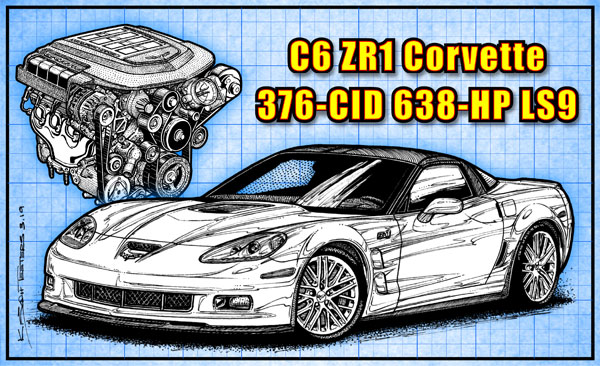
We have pointed out that Duntov’s successor, Dave McLellan owned and appreciated sports cars and that Dave Hill raced a Lotus Super 7 in SCCA competition. What most Corvette fans don’t know is that while Tom Wallace had the shortest tenure of all of the Corvette chiefs (2 years and 10 months), he raced SCCA A/Sedan class cars in the early ‘70s and was professionally racing IMSA cars in the late ‘70s and early ‘80s. Wallace raced the 24 Hours of Daytona, the 12 Hours of Sebring, and won at Talladega. Why didn’t Wallace continue professional racing? Because it was interfering with his day job at Buick.
Wallace was a typical car-crazy kid growing up in the ‘50s and ‘60s. His Dad had an Opel Cadet that he kept running with help from a parts donor car. Before Wallace had his driver’s license, he bought a ’55 Chevy, replaced the stock 3-speed transmission with a 4-speed, rebuilt the engine, and added dual quads. After getting his license, he had the quickest car in high school and rarely lost a drag race.
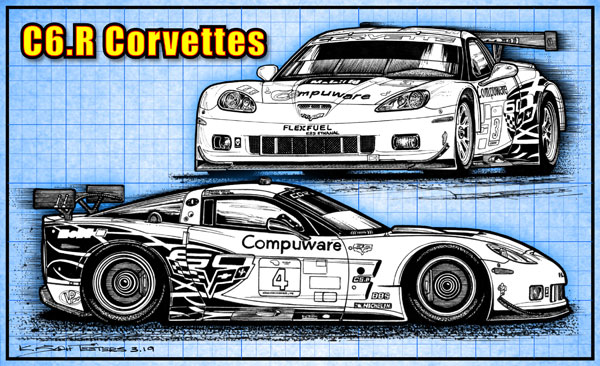
Thanks to his excellent grades, Wallace went to General Motors Institute after securing a sponsor to become an automotive engineer. Wallace wanted to get into Chevrolet, but there were no openings, so he opted for Buick. One of his first projects was the design and development of the Exhaust Gas Recirculation (EGR) valve that siphons off a small amount of exhaust gas and returns it back into the intake charge. This results in lower nitrogen oxide (NOx) emissions.
Wallace graduated in 1970 just as the muscle car era peaked and was ending. Performance was being phased out and emissions, fuel mileage, and safety were Detroit’s new mission. Lloyd Reuss, Buick’s chief engineer was aware of Wallace’s interest in racing and asked him to research adding a turbocharger to their old V6 engine. Wallace’s reported that it could be done and Reuss instructed him to install a turbo on a Buick Century to pace the 1976 Indy 500. As part of a three-man team, Wallace was the engineman, the others did the suspension and brakes. In total Wallace produced six Indy 500 pace cars. Wallace’s turbo Buick V6 project eventually lead to the Buick Grand National, Turbo-T, T-Type, and the frightful GNX series cars that ran from 1982 to 1987.
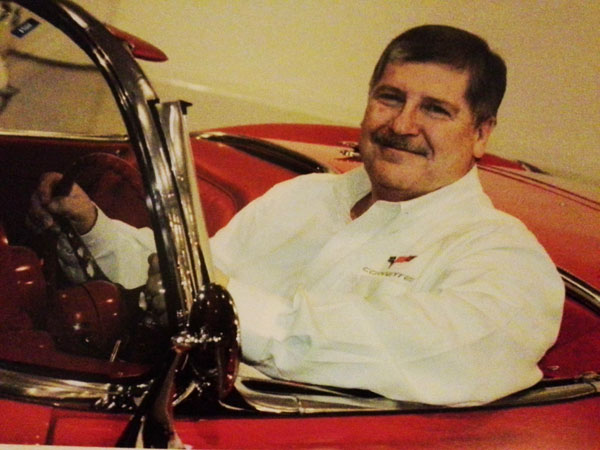
Wallace enjoyed engineering and racing, but he knew that if he was to rise up in the ranks in GM, he needed to curtail his racing and get more education. In the early ‘80s Wallace got his Masters in Business at Stanford and over the next twenty years had a variety of chief positions with Buick, Olds, Cadillac, and Chevrolet groups. When GM started its Vehicle Line Engineer (VLE) management structure, managers were in charge of everything from design-to-production, sales, and service. Wallace ran the Trail Blazer, Envoy, Bravada, Saab 9-7, Colorado/Canyon pickups, and the Hummer H3 lines.
Dave Hill was the VLE of Performance Car that included Corvette, Cadillac XLR, Saturn Sky, Pontiac Solstice, Opel GT. One day during a group vehicle-program review meeting with Bob Lutz; Wallace heard Hill outlining the Z06 with 505-horsepower and a dry-sump oil system, he said to himself, “What the!” Wallace said to Lutz, “My goodness, this is unbelievable. Do you know what Dave is about to do?” Wallace said that some of the VLEs had no idea what Hill was talking about. When Wallace expressed real concern about selling 505-horsepower cars to novice customers, it was explained to him that only select dealers get Z06s. These dealers understand performance and coach customers to have respect for the car and help get them into a driver’s school.
Late in 2005 Wallace got the surprise of his career. After a VLE meeting, Lutz told Wallace that Hill was retiring on January 1 and that he wanted him to take the position of VLE and Chief Engineer for Corvette. Wallace was stunned and fully aware that he was inheriting a great team with Tadge Juechter as his lead engineer. But unforeseen circumstances would make this a short-lived position – only two years and ten months.
When Wallace took over the Corvette program, the C6 ZR1 was a concept on paper and was deemed too expensive. Wallace and his team worked out the cost, got the project approved, and started the ZR1’s development. It wasn’t long before rumors of a super Vette surfaced with names such as “Blue Devil” and “SS”. Then someone inside GM posted a photo of a development ZR1 as it was being shipped to Germany for testing. The Corvette world knew for sure when a cell phone video was posted of a disguised Corvette with the unmistakable sound of a supercharged engine. WOW, a supercharged Corvette!
When the ZR1 was released to the press in late 2007, Wallace explained, “We want to push the technology envelope into the supercar realm. We want a Corvette that can take on any production car in the world.” While Corvette fans were feasting, GM was heading for bankruptcy. Corvettes had a history of platforms running too long. Hill said that the planned six-year duration might even be too long. Wallace and his team started work on the C7 in April 2006. As things got worse for GM, it was discovered that the only full-size trucks and Corvettes were moneymakers. Regardless, future plans had to be stopped.
In October Lutz informed Wallace that the board of directors did not approve funding for the C7, he would have to proceed with paint and decals for the foreseeable future. Also, to preserve cash, top-level executives were offered early retirement to reduce headcount. For a car guy/racer, babysitting the Corvette was not how Wallace wanted to end his GM career, so he retired on November 1, 2008.
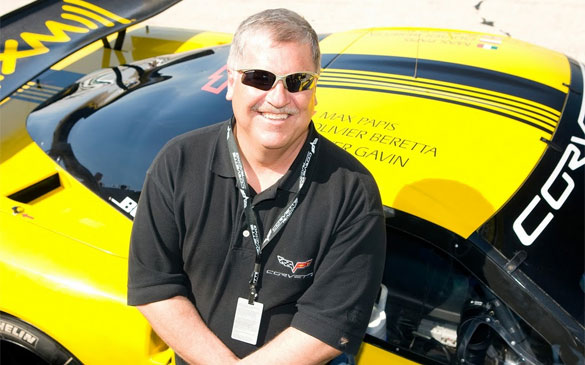
Wallace didn’t get to do as much with the Corvette as he wanted, but he did several things that made a difference. He knew that it would be very beneficial for his engineers to get track training at the National Corvette Museum’s and to talk with customers about what they like, don’t like, and want for future Corvettes. As Wallace had expressed concerns over selling powerful Corvettes, included in the price of the ZR1 was high-performance driver training. And with his racing background, Wallace was the perfect lead engineer to work with Pratt & Miller on issues with their C6.R cars. This intense relationship caused more racecar to be built into the C7. While Wallace wasn’t able to usher in the C7, his efforts set up the program for the capable hands of Tadge Juechter. – Scott

PS – Be sure to catch all 5 parts of my Corvette Chiefs Series
Corvette Chiefs, Pt. 1 – Zora Arkus-Duntov
Corvette Chiefs, Pt.2 – Dave McLellan
Corvette Chiefs, Pt. 3 – Dave Hill
Corvette Chiefs, Pt. 4 – Tom Wallace
Corvette Chiefs, Pt. 5 – Tadge Juechter

